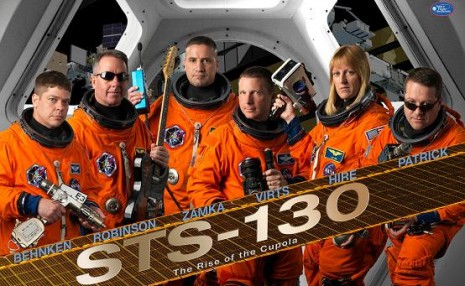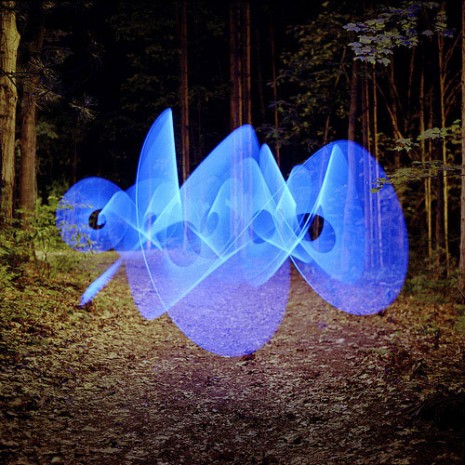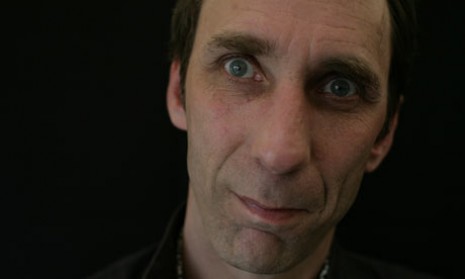
Because of my former career at The Disinformation Company, Ltd., I am often asked—I was asked this yesterday, in fact—if I have ever investigated a conspiracy theory that I was skeptical of and then become a convert? Nope. Not once. And for the record, I am not a conspiracy theorist. I just played one on TV.
First of all, you have to parse the term. There are criminal conspiracies—events that can be proven in a court of law or that are a matter of historical record; and then there is the Montauk Project/David Icke side of things. Iran-Contra, the CIA shenanigans we’ve all heard about, Watergate, etc., these were real events. When you get into the territory of aliens, the 9-11 nonsense, and the “reptilian beings” like the Queen, the Royal Family and the Bushes, I just pretty much tune it out. Been there, done that. I went down that rabbit hole when I was a teenager and came back out again on the other side.
Conspiracy theorists tend to be people who have been a bit cut off, from, let’s just say, the power centers of the world. If you’ve never been to Washington, DC or Manhattan or been in a Beverly Hills country club, or know how the news gets produced, then the way the world runs must seem very mysterious. Like someone is in control. But that’s not true.
People who are in positions of power—industrial, political, financial, media power—went to high school like the rest of us did. The class president type who went on to become a congressman did so because he could. He got into that position of power because… people voted for him and not for the other guy. And don’t be surprised if rich guy A makes a deal with rich guy B because both of their kids are on the same soccer team. THAT is the way the world turns. There are lots of little conspiracy theories, sure, but there are probably more of them on a local level, than on a national level because on a national level criminal activity is too easily exposed. If a blowjob in the White House can’t be kept secret, do you really expect me to believe that 9-11 was an inside job? (For the record, I have no fixed opinion about the JFK assassination, but it was unlikely the job of Lee Harvey Oswald alone).
Once a conspiracy theory gets published in a book, it then gets quoted by other writers, discussed on George Noory’s show and these things just perpetuate themselves in that way. It’s an intellectual cluster fuck with diminishing returns.
And blah, blah, blah, this is a topic I could rant about for a long, long time. Forgive the rambling preamble, all I really wanted to say was, there is an interesting article in the Los Angeles Times Magazine this week about something that might seem to be in one category of conspiracy theory, i.e. the alien thing, but does, in fact, fall into the other camp of something which can be verified:
Area 51. It’s the most famous military institution in the world that doesn’t officially exist. If it did, it would be found about 100 miles outside Las Vegas in Nevada’s high desert, tucked between an Air Force base and an abandoned nuclear testing ground.
Then again, maybe not—the U.S. government refuses to say. You can’t drive anywhere close to it, and until recently, the airspace overhead was restricted—all the way to outer space. Any mention of Area 51 gets redacted from official documents, even those that have been declassified for decades.
It has become the holy grail for conspiracy theorists, with UFOlogists positing that the Pentagon reverse engineers flying saucers and keeps extraterrestrial beings stored in freezers. Urban legend has it that Area 51 is connected by underground tunnels and trains to other secret facilities around the country. In 2001, Katie Couric told Today Show audiences that 7 percent of Americans doubt the moon landing happened—that it was staged in the Nevada desert. Millions of X-Files fans believe the truth may be “out there,” but more likely it’s concealed inside Area 51’s Strangelove-esque hangars—buildings that, though confirmed by Google Earth, the government refuses to acknowledge.
The problem is the myths of Area 51 are hard to dispute if no one can speak on the record about what actually happened there. Well, now, for the first time, someone is ready to talk—in fact, five men are, and their stories rival the most outrageous of rumors. Colonel Hugh “Slip” Slater, 87, was commander of the Area 51 base in the 1960s. Edward Lovick, 90, featured in “What Plane?” in LA’s March issue, spent three decades radar testing some of the world’s most famous aircraft (including the U-2, the A-12 OXCART and the F-117). Kenneth Collins, 80, a CIA experimental test pilot, was given the silver star. Thornton “T.D.” Barnes, 72, was an Area 51 special-projects engineer. And Harry Martin, 77, was one of the men in charge of the base’s half-million-gallon monthly supply of spy-plane fuels. Here are a few of their best stories—for the record…
Read more: The Road to Area 51: After Decades of denying the facility’s existence, five former insiders speak out. (Los Angeles Times Magazine)
Posted by Richard Metzger
|
03.24.2010
08:12 pm
|












